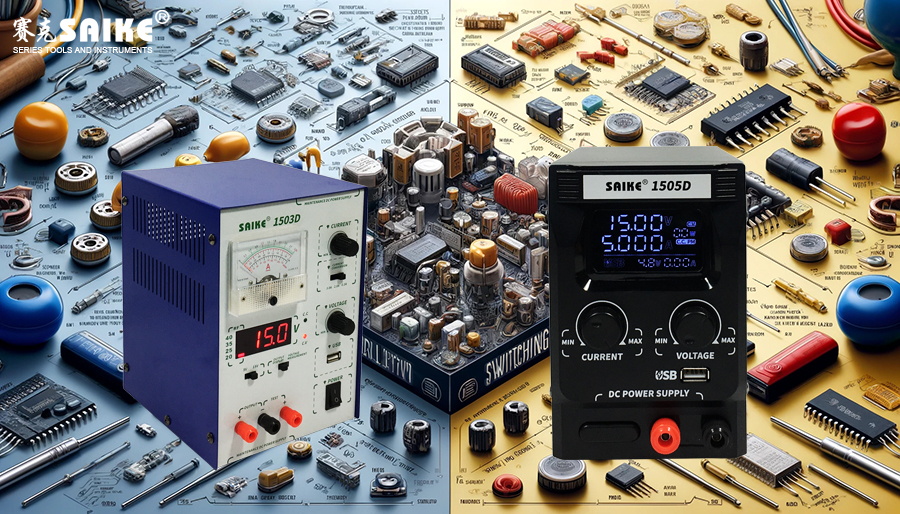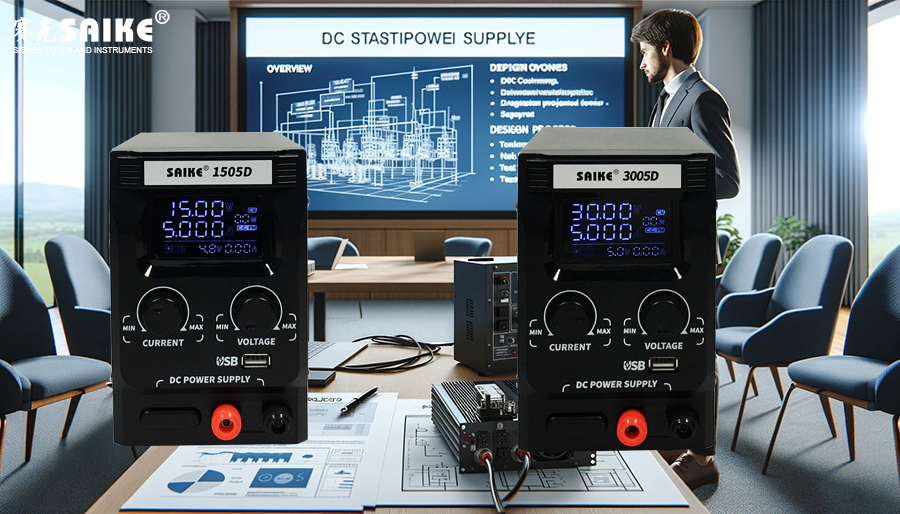
SK-YJ000ZLWYDY-KP 100010
In the design and application of electronic devices, the choice of power supply has a decisive impact on overall performance and efficiency. Linear voltage regulators and switching voltage regulators are two common power supply technologies, each with its unique characteristics and application areas. This article will delve into the main differences between these two types of voltage regulators, including their working principles, efficiency, applications, advantages, and disadvantages.
I. Working Principles
1.Linear Voltage Regulator
– A linear voltage regulator operates in a linear mode through a variable resistance element (usually a transistor), adjusting its conductance to control the current passing through, thereby stabilizing the output voltage. This method is simple and effective but generates a lot of heat because the excess voltage is consumed as thermal energy by the transistor in its conductive state.
2.Switching Voltage Regulator
– A switching voltage regulator uses an efficient method to regulate the output voltage by rapidly switching control elements (such as MOSFETs) and energy storage elements (inductors and capacitors). They switch between on and off states, controlling the average output voltage by adjusting the duty cycle of the switch.
II. Efficiency and Thermal Management
1.Efficiency
– Linear voltage regulators have lower efficiency, especially when the input voltage is much higher than the output voltage, as excess voltage is converted into heat. Efficiency typically ranges from 50% to 70%.
– Switching voltage regulators have higher efficiency, usually reaching 80% to 95%, as they reduce energy losses through switching operations.
2.Thermal Management
– Linear voltage regulators require good thermal management measures, such as heat sinks and fans, as they generate a lot of heat.
– Although switching voltage regulators also generate heat, it is relatively less, so complex cooling systems are usually not required.
III. Output Quality and Noise
1.Output Quality
– Linear voltage regulators provide very stable and clean output because they do not have high-frequency switching noise, making them suitable for audio and precision measurement equipment.
– Switching voltage regulators may introduce electromagnetic interference and noise into the output due to their high-speed switching operations, requiring additional filtering measures to clean the output.
IV. Application Areas
1.Applications of Linear Voltage Regulators
– Suitable for applications requiring low noise and high stability, such as audio amplifiers, medical equipment, and precision scientific instruments.
2.Applications of Switching Voltage Regulators
– Due to their high efficiency and ability to handle a wider power range, switching voltage regulators are widely used in portable devices, computer power supplies, and industrial applications.
V. Conclusion
Choosing between a linear voltage regulator and a switching voltage regulator depends on specific application requirements. If extremely high requirements are placed on power supply noise and stability, a linear voltage regulator is a better choice; if efficiency and energy consumption are more important, then a switching voltage regulator would be a more optimal solution. Understanding the fundamental differences between these two types of power supplies can help designers make more appropriate choices to meet the specific needs of different electronic devices.


